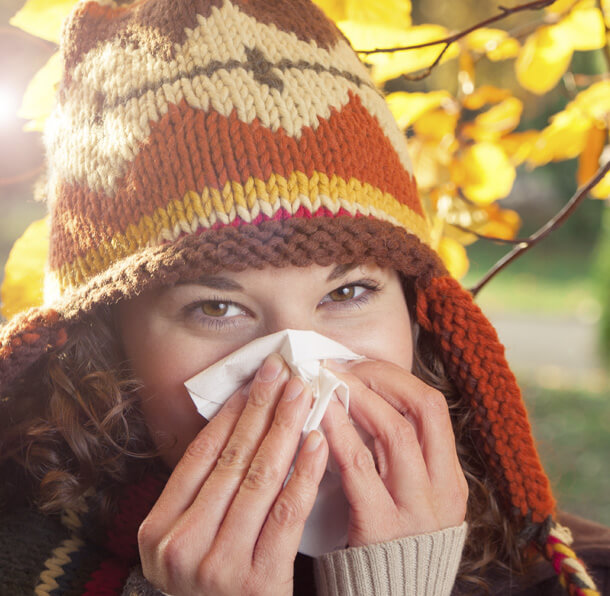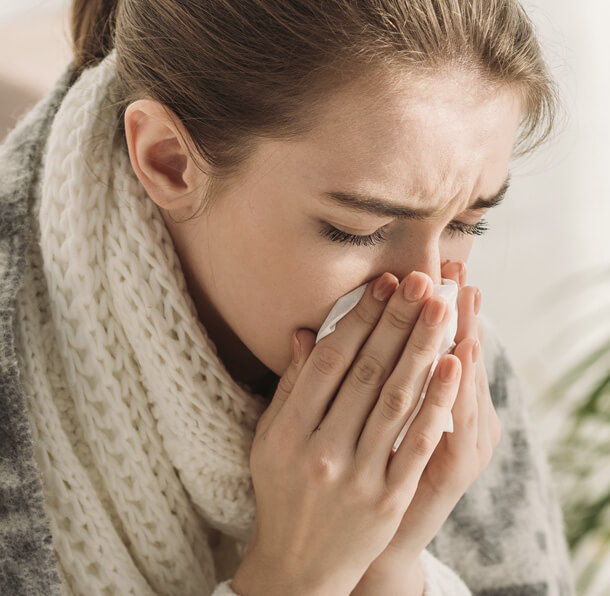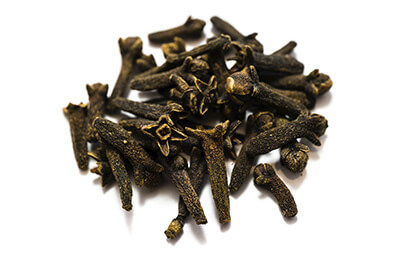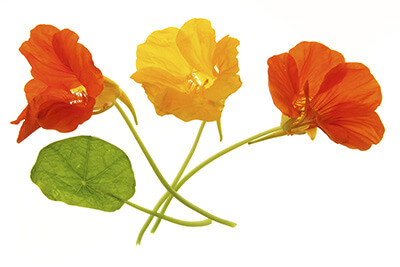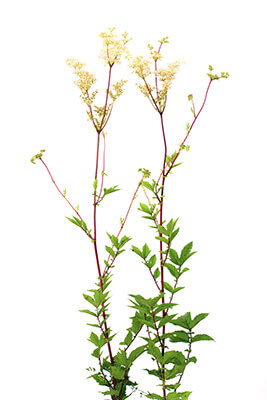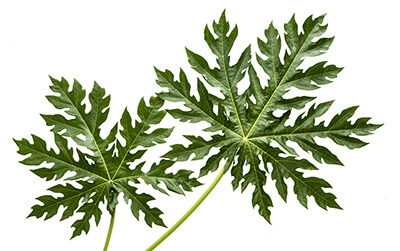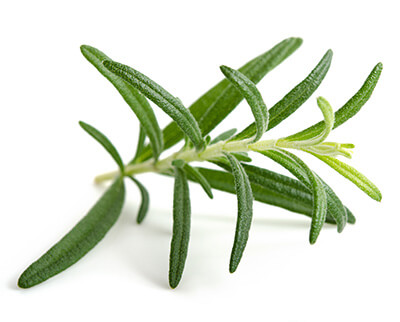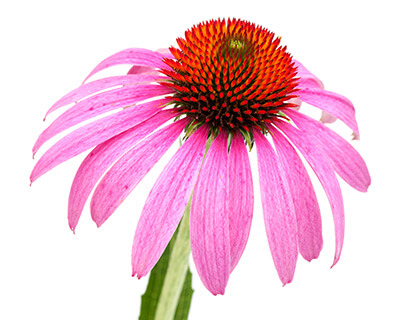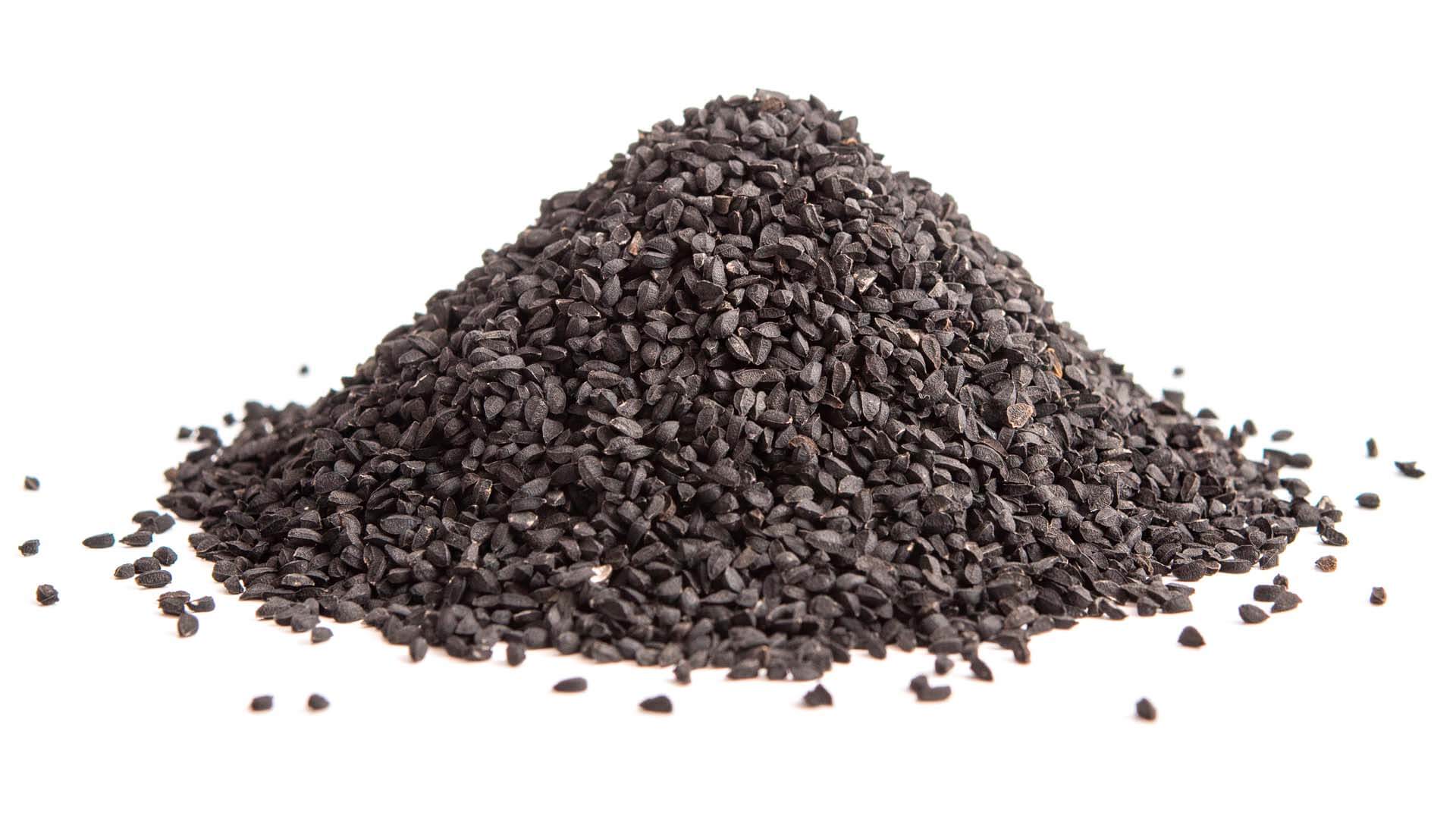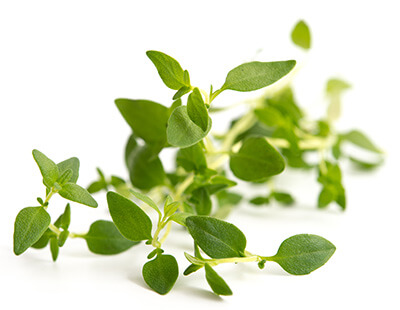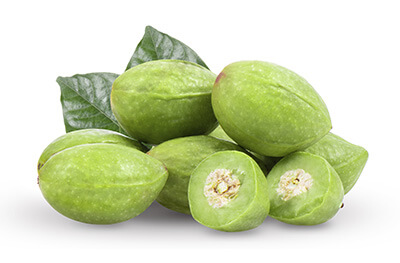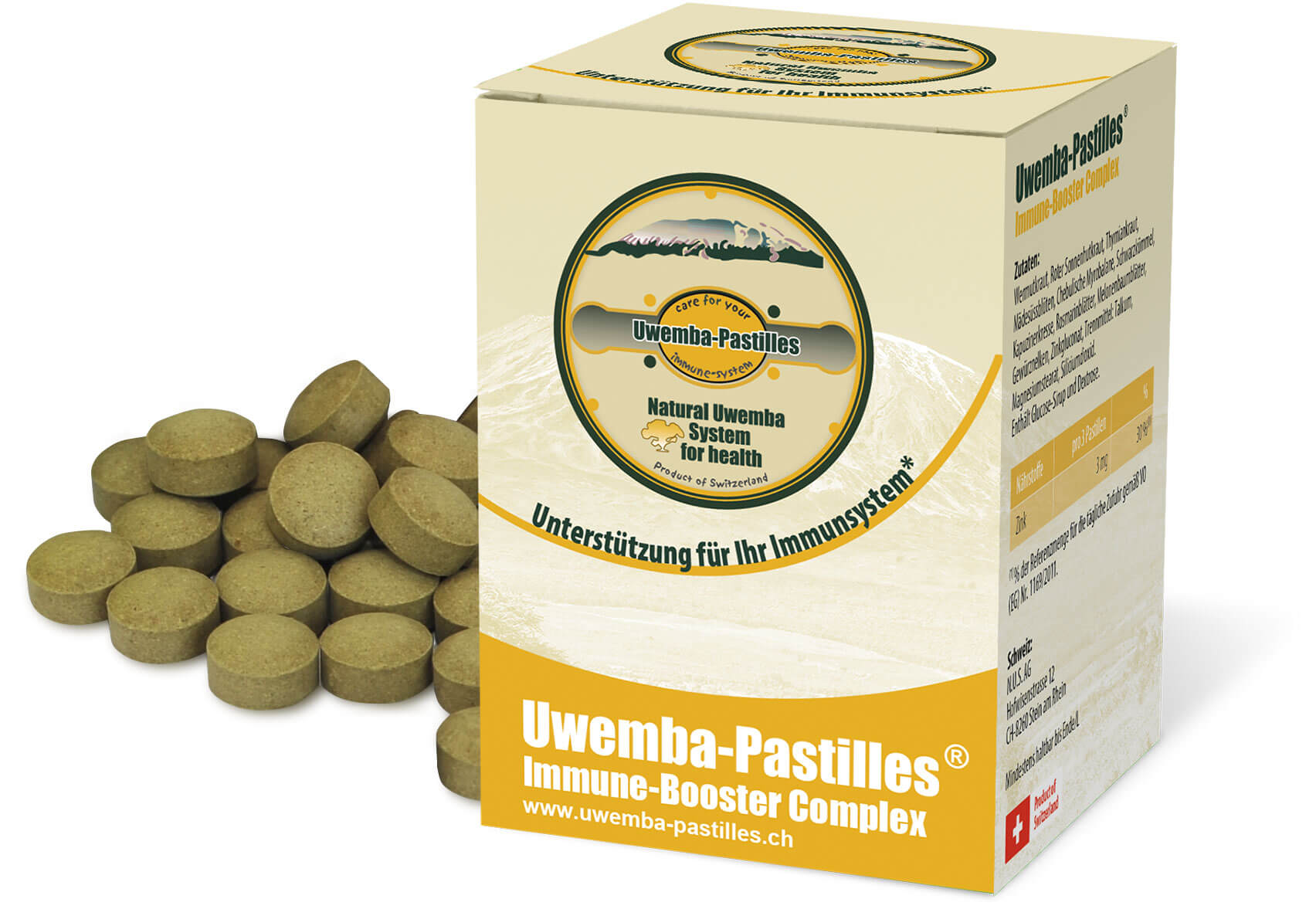
Uwemba-Pastilles® Immune-Booster Complex
Support for your immune system*
Food supplement made from 10 different plants and zinc.
Composition
The ingredients of Uwemba-Pastilles® Immune-Booster Complex consist of:
- Wormwood (Artemisia absinthium)
- Clove (Caryophylli flos)
- Nasturtium (Tropaeolum majus)
- Meadowsweet flowers (Spiraea ulmaria)
- Melon tree leaves (Carica papaya)
- Rosemary (Rosmarini folia)
- Purple coneflower (Echinaceae purpurea)
- Black cumin (Nigella sativa)
- Thyme (Thymus vulgaris)
- Chebulic myrobalan (Terminalia chebula)
Dosage
Uwemba-Pastilles® Immune-Booster Complex are suitable for regular use (120 pastilles = 40 days) and/or as a daily dietary supplement. Take 3 pastilles daily, one before each main meal with some liquid. For use in adults and children over 12 years.
* Zinc contributes to normal immune system function.

(1) % of the reference quantity for daily intake according to Regulation (EC) No. 1169/2011.

(1) % of the reference quantity for daily intake according to Regulation (EC) No. 1169/2011.
Strong defense through the cold and dull season
Uwemba-Pastilles® Immune-Booster Complex consist of zinc and ten plants that have a positive influence on the body’s defenses. Uwemba-Pastilles® benefit holistically, activate the metabolism and provide more vitality. Especially in the cold and gloomy season Uwemba pastilles are suitable for strengthening the immune system. But they can also be taken preventively and for convalescence.
The purely natural plant mixture with zinc gluconate provides the organism with minerals that are often not found in sufficient quantities in our food nowadays.
Note
Food supplements are not a substitute for a varied, balanced diet, fresh fruits and vegetables and a healthy lifestyle. Store in a cool, dry place out of the reach of children. Do not exceed recommended dosage.

Ingredients
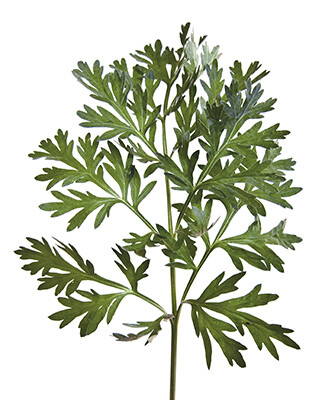
Wormwood
Artemisia absinthium
Origin
Wormwood was already mentioned by the ancient Egyptians in the papyrus Eber under the name Saam. Later Hildegard von Bingen called it one of the most valuable medicinal plants. Accordingly, it was used against many diseases such as cholera, plague, paralysis, poisoning, eye inflammation, yellow fever.
Wormwood also had a place in the environment of early, sporting competitions: in ancient Rome, the winner of a chariot race received a cup of wormwood as a prize.
Use in folk medicine
Traditionally, wormwood is considered to be stomachic, appetizing, diuretic and digestive. In naturopathy it is used, for example, for bloating, disturbances of the bile flow, loss of appetite, general digestive complaints, Crohn’s disease, flatulence, gastritis, strengthening the immune system strengthening of the immune system, heartburn prescribed.

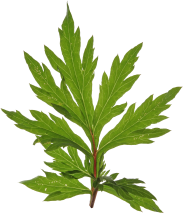
The quality of Uwemba Pastilles®
Manufactured, analyzed and released under GMP guidelines
We vouch for our good manufacturing practices!
That’s why we work according to the guidelines of Good Manufacturing Practice (GMP) – the European standards for quality assurance in the production of pharmaceuticals and food supplements.
Gentle processing of the plants and predominantly organic quality
Each of our plants requires its own climatic conditions, so they are planted all over the world. For example, the mugwort plant Artemisia originates from the Benedictine mission in Tanzania. In cooperation with regional producers, we pay attention to sustainability and organic cultivation.
Our products consist of plant components that complement each other in their benefits. While still in the country of cultivation, the plant partswith high potency are sorted and strictly tested for possible microbiological contamination when they are delivered to Switzerland.
The plants are processed in Switzerland, gently and energy-efficiently ground and pressed into herbal pastilles. Thus, we monitor the entire process of production according to European quality standards and ensure that there are no harmful substances.
Quality from Switzerland – high quality and reliability
Products from Switzerland are known for their quality. This Swiss quality is a commitment for us! We guarantee the highest standards of production and consistently high quality and reliability of our products!
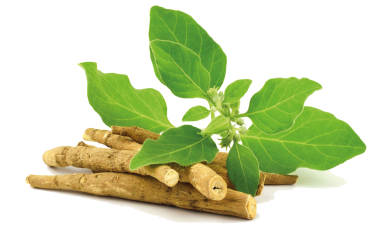
Herbal dietary supplements Uwemba-Pastilles®
What are Uwemba pastilles® ?
Uwemba-Pastilles® are various herbal multi-substance preparations. Currently 3 products are available, which are suitable for different indications.

